Description
COPAL:
Copal is a general name that describes the resinous substance exuded from a variety of tree genera. Typically, these trees come from tropical climates and their resin has historical uses by indigenous tribes in ceremonial settings. Our copal resin comes from Shorea sp. Copal is traditionally burned as incense.
More generally, the term copal describes resinous substances in an intermediate stage of polymerization and hardening between “gummier” resins and amber. The word copal is derived from the Nahuatl word copalli, meaning “incense”. Copal has long been used in ancient Maya and Aztec ceremonies as a ritual offering to the gods. It is still used by indigenous people in southern Mexico and Central America during sweat lodge ceremonies as well as sacred mushroom ceremonies. Copal is also found in East Africa and Indonesia. Ceremonially, the resin is placed on hot coals for spiritual cleansing.
DRAGON’S BLOOD:
Dragon’s blood is a resin produced by the rattan palm tree, native to tropical and subtropical climates of southeast Asia. While many red resins go by the name of dragon blood, Daemonorops draco is the most commercially available. Dragons blood resin is typically burned as incense and can also be employed as a dye.
Dragon’s blood resin is often burned as incense, and its deep red pigment is used as a varnish and a dye. The resin is still used today in modern witchcraft where it is powdered down and used as ink to write spells.
FRANKINCENSE:
Frankincense resin is gathered by making incisions in the small, deciduous tree, Boswellia sacra. The yellow-hued pitch is often used as incense or in perfumery. Frankincense has been considered an herb of spirituality with lore dating back thousands of years. The aromatic resin can be used alone or blended into incense formulas.
Frankincense and the oil produced from it has been known for its magical powers and its ability to improve communication with the creator in the Middle East for thousands of years before it was made a gift to Christ by the Magi. There are over 52 references to it in the Bible. Egyptian records show a great many references to it including its use in cosmetics, perfumes, and as an embalming agent. The harvest of gums and resins takes place during the dry season, as they are easily damaged by rain. Many incisions are made into the bark, and the gum resins are allowed to ooze out and solidify for a few weeks. The harvesters then return to each tree to collect the resin. The resins are then transported to local villages where they are further dried in the shade. Frankincense is a member of the Burseraceae family.
MYRRH:
Since ancient times, myrrh resin has been used as an ingredient in incense and perfumes. It has a long history of folklore and spirituality in many ancient cultures, as it was used to anoint kings and scent the fabrics of pilgrims traveling to holy places. Myrrh gum resin is harvested from Commiphora myrrha, a low-growing, desert tree that exudes a viscous yellow gum, which hardens into a reddish-brown resin. Myrrh resin can be employed in body care recipes, incense blends, and macerated as an extract.
With its smoky, earthy scent, myrrh has a long history as a favorite among all cultures going back to its first discovery in the far reaches of time. A native to Ethiopia and Somalia, it has been used as long ago as 3000 BCE by the Egyptians in embalming, and as an incense burned during cremations and funerals to disguise any foul odors up through the 15th century. Myrrh is said to be one of the key ingredients in the mythical Egyptian perfume Kyphi. It has also been used to anoint kings and scent fabrics for those traveling to holy places. Myrrh has had a great value throughout time; the Romans even valued it as much as gold, using it as security for monetary debts.
Myrrh is a member of the Burseraceae family. It is often prepared as a tincture in Ayurvedic and Traditional Chinese Medicine herbal formulations. Used in conjunction with other ingredients for the development of many cosmetic applications and incense blends.
PALO SANTO:
Palo Santo, literally meaning “holy wood” in Spanish, is a tree that is widely distributed throughout Central and South America. Palo Santo is used in South America in much the same way as White Ceremonial Sage is used in North America- to combat negative energy and to cleanse the space. Palo Santo is different than many of the other smudging materials as it is fragrant in its raw form and does not necessarily need to be lit, though it usually is when used for ceremonial purposes. Palo Santo is often used by Amazonian shamans in sacred plant spirit ceremonies; the rising smoke of the lit sticks is believed to enter the energy field of ritual participants to clear misfortune, and negative thoughts and to chase away evil spirits. Its use reportedly dates back to the Inca era.
Traditionally, only the fallen branches and twigs of the tree are harvested, and this practice is regulated by the government of Peru to ensure that the trees do not become overharvested. Unfortunately, as Palo Santo has become more popular, the illegal harvesting and cutting of trees have also greatly increased.
It is believed that a tree or fallen branches must lie dead for 4-10 years before the medicinal and mystical properties of the wood begin to come alive. It is also believed that the branches of the Palo Santo that are felled by lightning have the highest concentration of medicinal and mystical properties.
SAGE:
White sage is an evergreen shrub with tall woody stems and tiny white flowers that are a favorite of bees. This beloved plant is found wild in a specialized habitat located in Southern and Baja California. Due to increased popularity and changing climate conditions, Salvia apiana is at risk for overharvesting. We offer organically cultivated white sage to help take the pressure off wild stands and to help preserve this respected botanical for future generations.
Our certified organic cultivated white sage is a new project near and dear to our hearts meant to preserve this important botanical for future generations.
White sage is a flowering perennial that is native to the Southwestern United States. This plant loves to grow on sunny, arid slopes and has tall woody stems and tiny white flowers. White sage exists only in a relatively small range in southern California. Much of its limited range has been affected by human development. White sage is a member of the Lamiaceae plant family and also goes by the common names of California white sage and greasewood.
White sage leaves are often rolled into a large bundle and burned as incense to purify physical spaces. This popularity has unfortunately led to the overharvesting of this plant, with the ongoing droughts in California also negatively affecting the stands of white sage and slowing the recovery rate. Many prominent herbalists have suggested that enthusiasts consider growing their own.
THREE KINGS (CHURCH INCENSE):
Three King’s Incense is one of the most famous, most sacred incense blends available. Created to celebrate the Three Kings, or Three Wise Men, and the wisdom and magic they possessed. The Three Kings are highly celebrated in a large portion of the world on Three King’s Day. It is commonly used in the celebration of these holy men, other holy and spiritual celebrations, daily prayers, to welcome guests, and to cleanse a space of negativity and bad spirits. Some even use it to draw prosperity to the home.
The main ingredient is olibanum, or frankincense, and is mixed with sandalwood, benzoin, myrrh, and lavender resins. This produces a 100% natural, pure, spiritual blend to add depth to any spiritual work or worship. Resin incense must be burned on incense charcoals. This is a traditional practice used in temples, churches, and other sacred places for thousands of years.
This information has not been evaluated by the Food and Drug Administration. This product is not intended to diagnose, treat, cure, or prevent any disease. For educational purposes only.
1 – 1.5 oz packs. Buy with Charcoal Tablets here.
Directions: Place on the charcoal tablet after lighting the tablet. Tablets get very hot so place in a stainless steel holder here.
Disclaimer: Sold as a Curio. This product is intended to be used for spiritual purposes. This product is not a cosmetic. Not for internal use. All Social Lights Inc. products are handmade daily in the USA. For external use only. Keep away from children and pets.

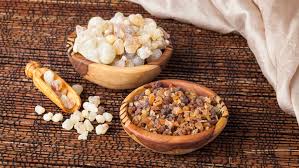
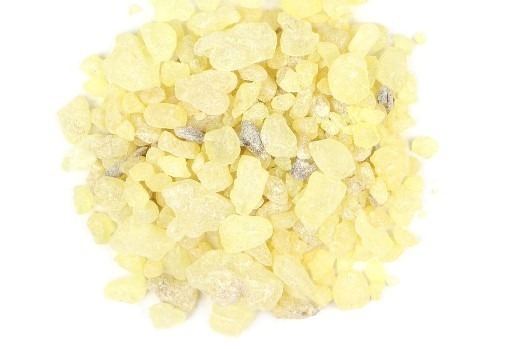
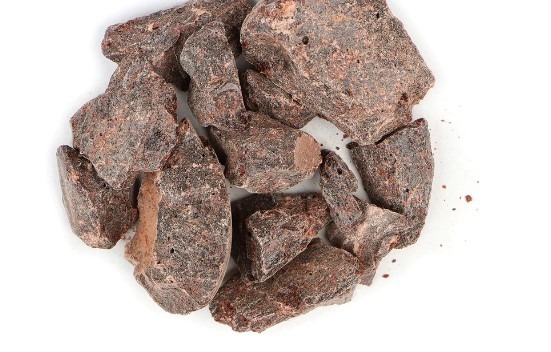
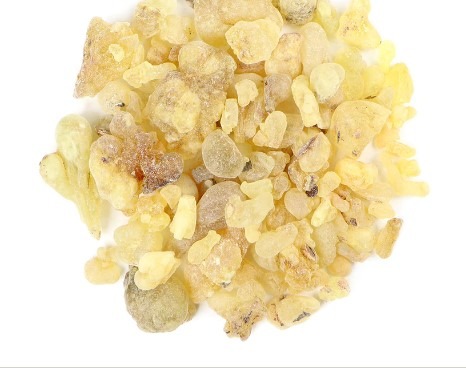
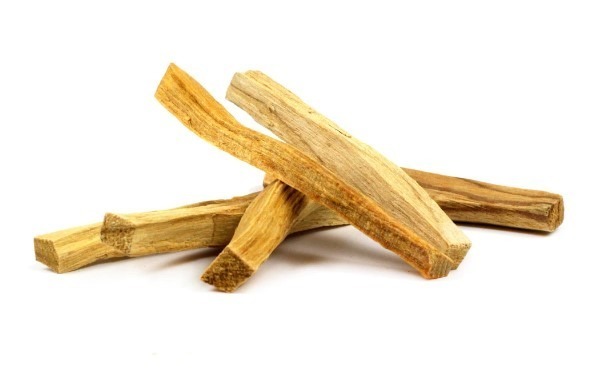
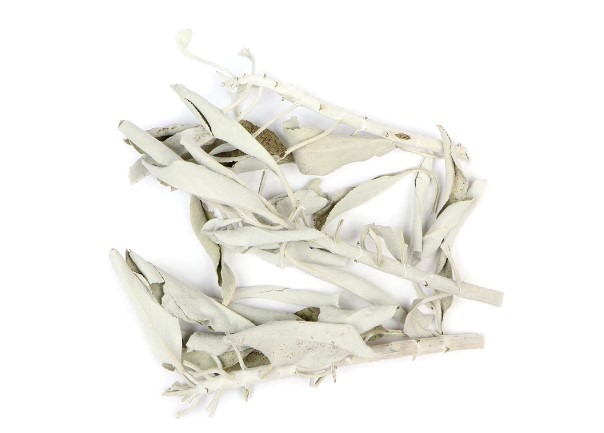
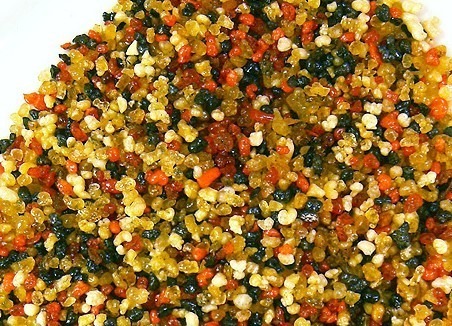
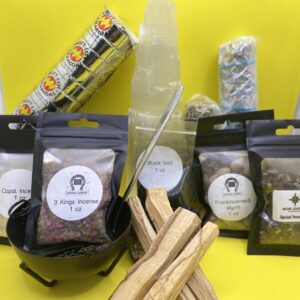
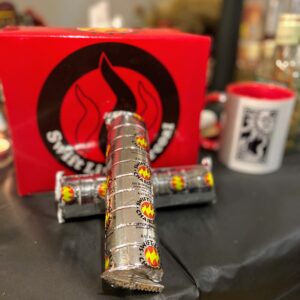
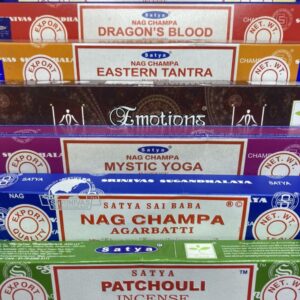
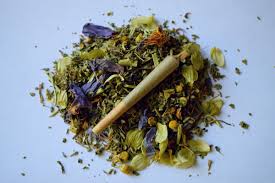
Reviews
There are no reviews yet.